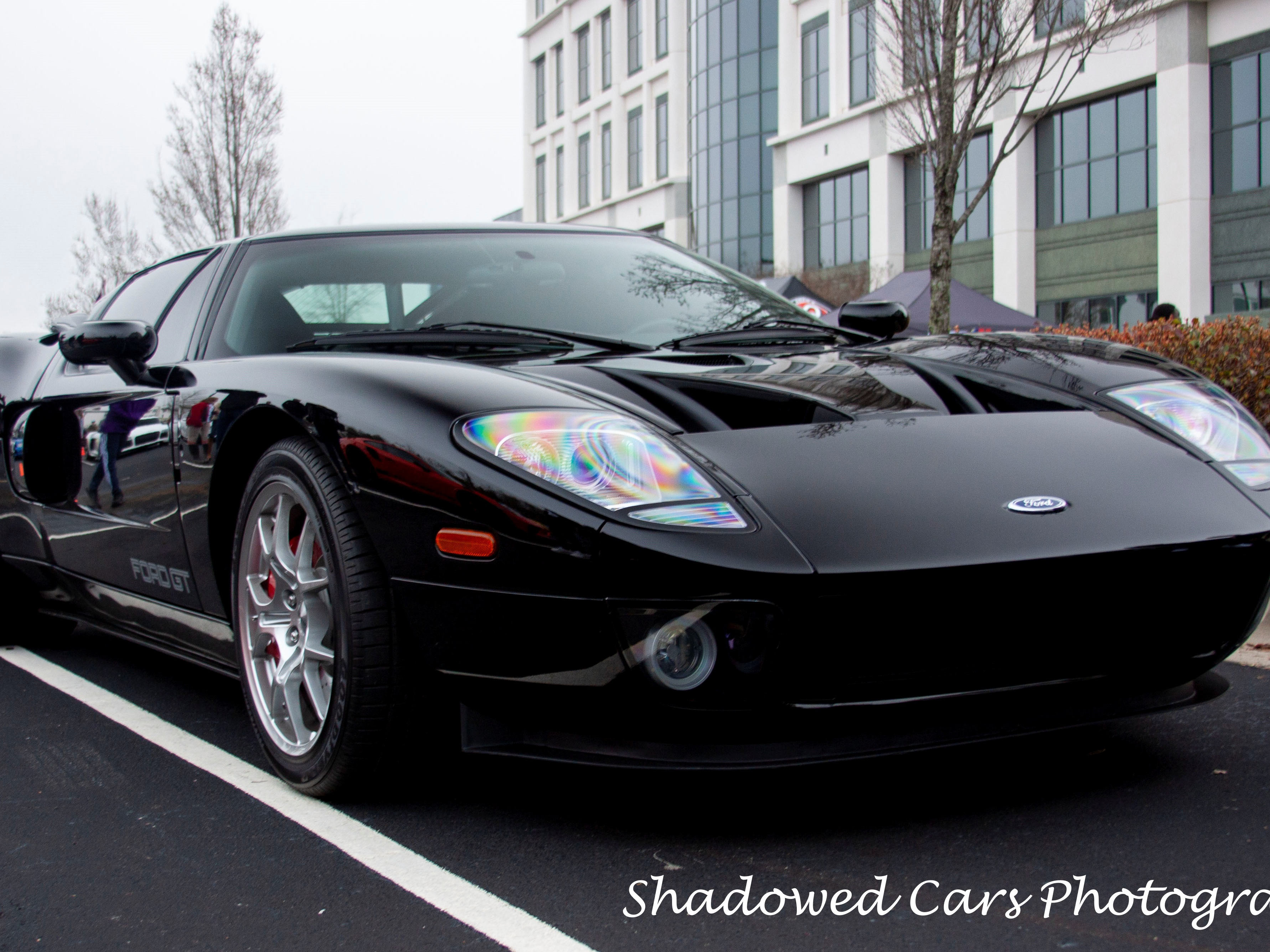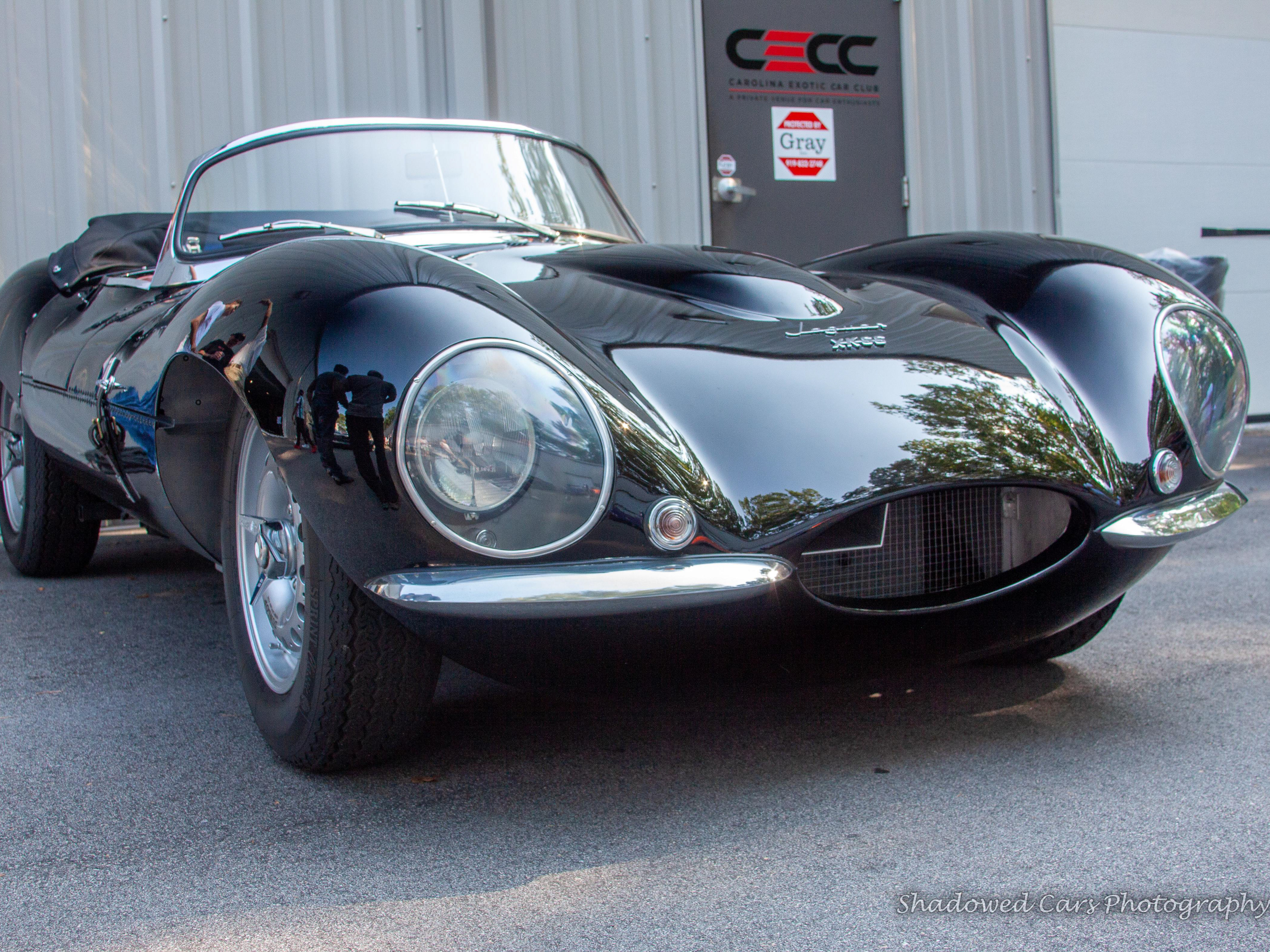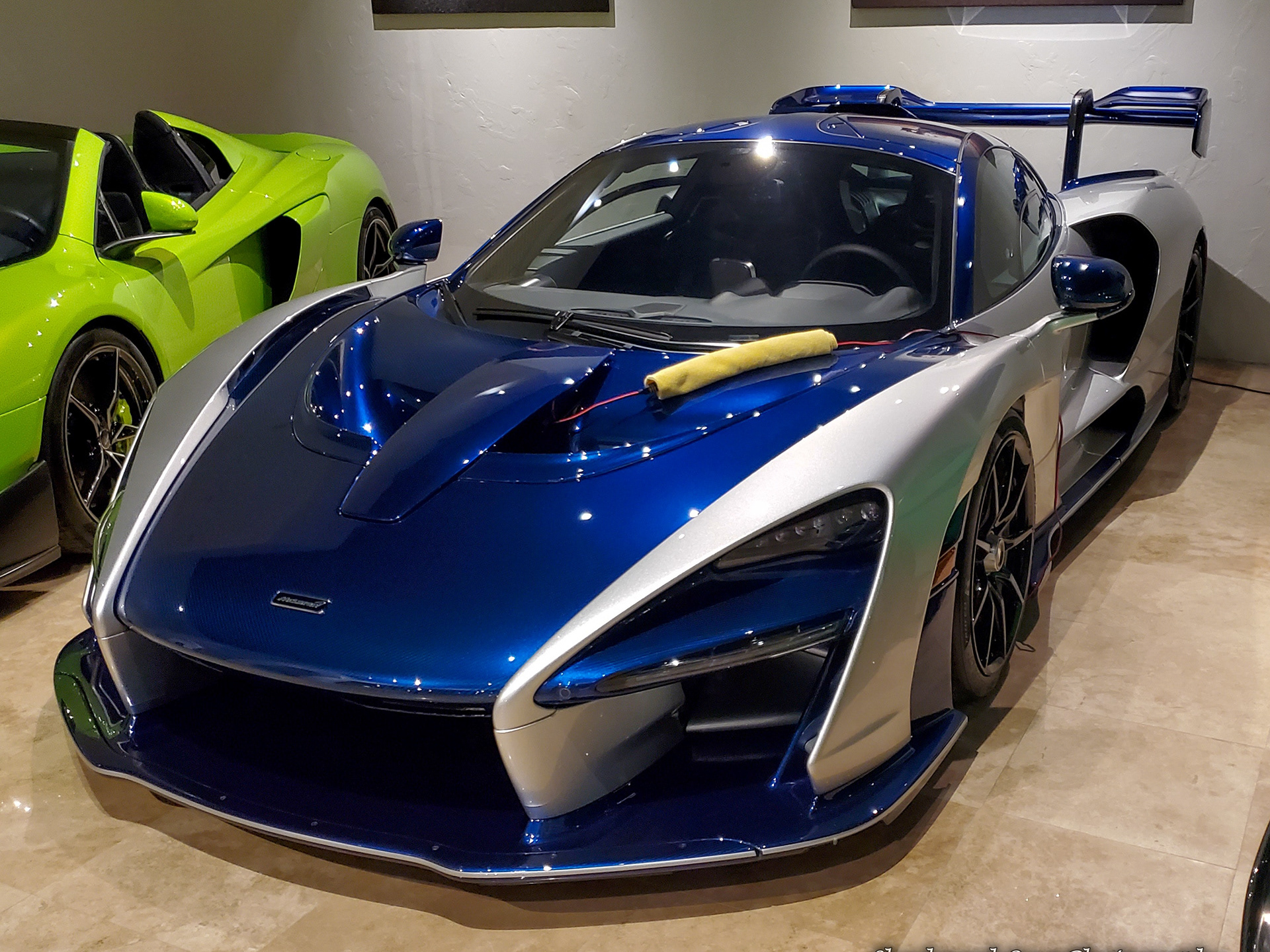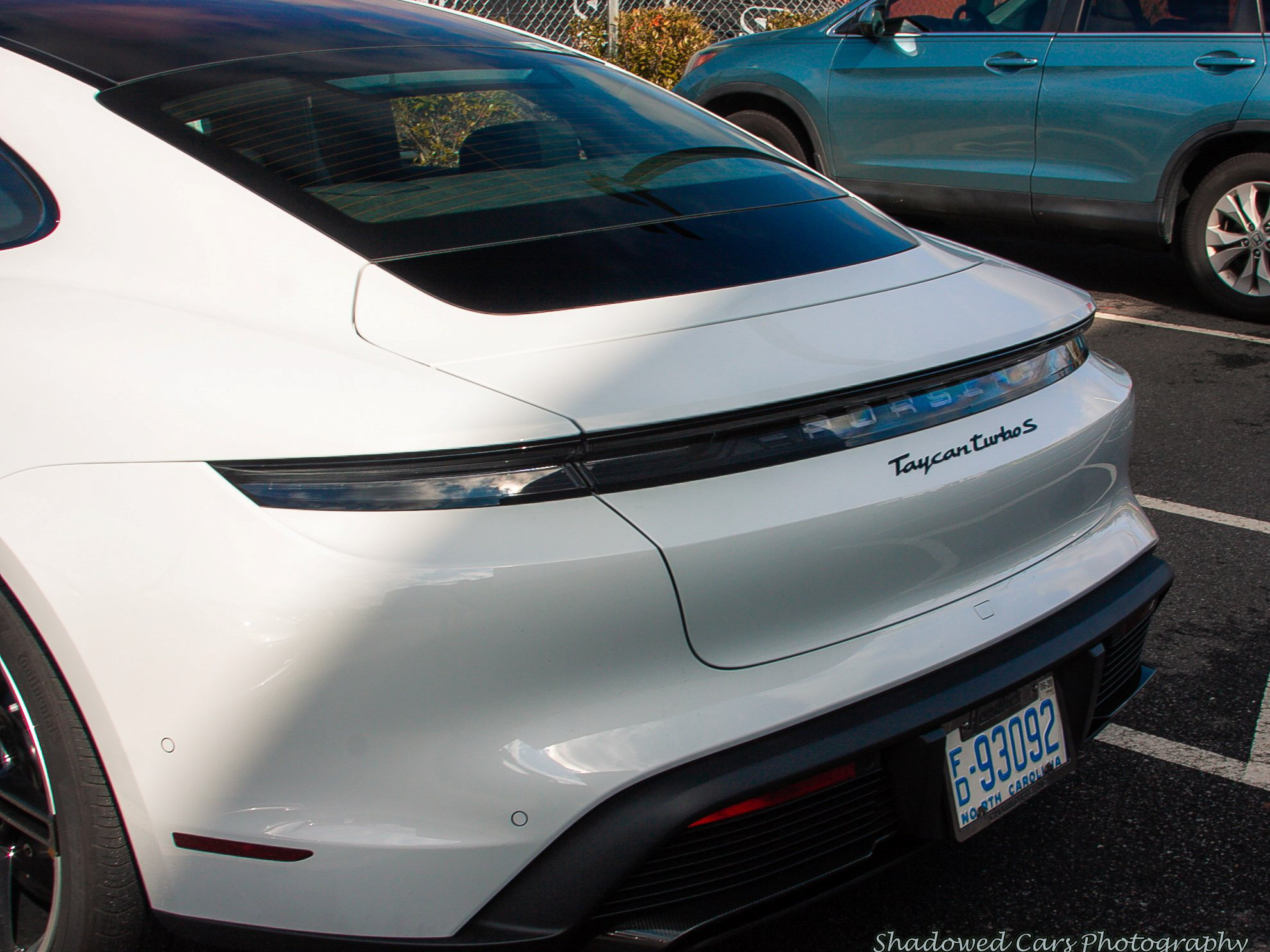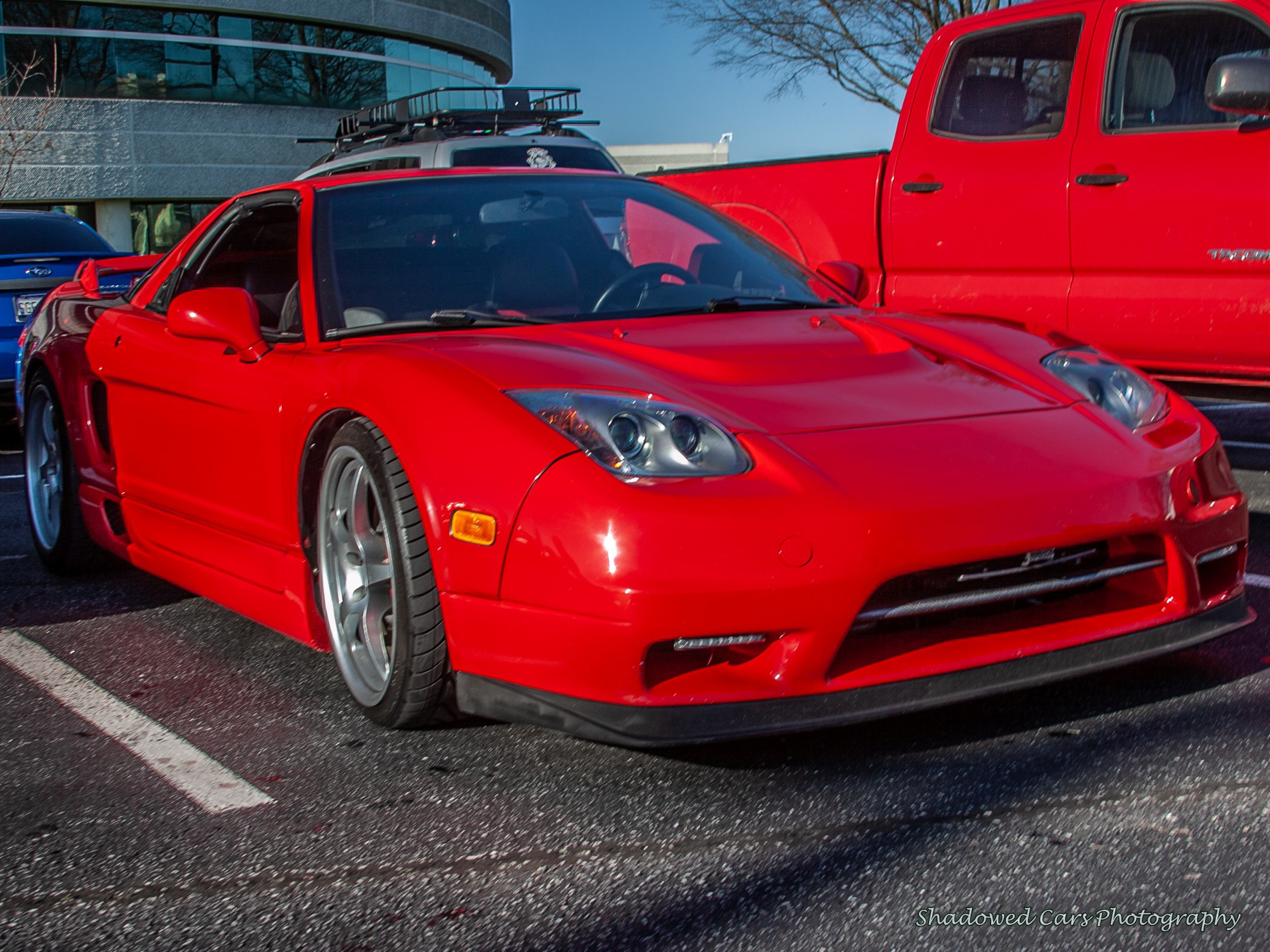1986-93 Porsche 959
The Porsche 959 is a sports car produced by the German car manufacturer Porsche from 1986 to 1993. It was initially designed as a rally car and was intended to compete in the Group B rally racing series. However, due to changes in the regulations, the Group B class was canceled, and Porsche decided to build a limited number of road-going versions of the car.
The Porsche 959 was designed to be the most advanced and technologically advanced car of its time. It featured an advanced all-wheel-drive system, a twin-turbocharged six-cylinder engine, and a lightweight body made from aluminum and Kevlar. It also featured a number of other advanced technologies, such as active suspension, adjustable ride height, and a sophisticated aerodynamic package.
The Porsche 959 was an instant sensation when it was unveiled at the 1985 Frankfurt Auto Show. The car was praised for its performance, handling, and advanced technology, and it quickly became a symbol of Porsche's engineering excellence.
In total, Porsche built just 337 units of the 959, making it one of the rarest and most desirable Porsche models of all time. Today, the Porsche 959 is considered a classic and is highly sought after by collectors and enthusiasts. It is also credited with paving the way for future generations of high-performance Porsche models, such as the 911 Turbo and the 918 Spyder.
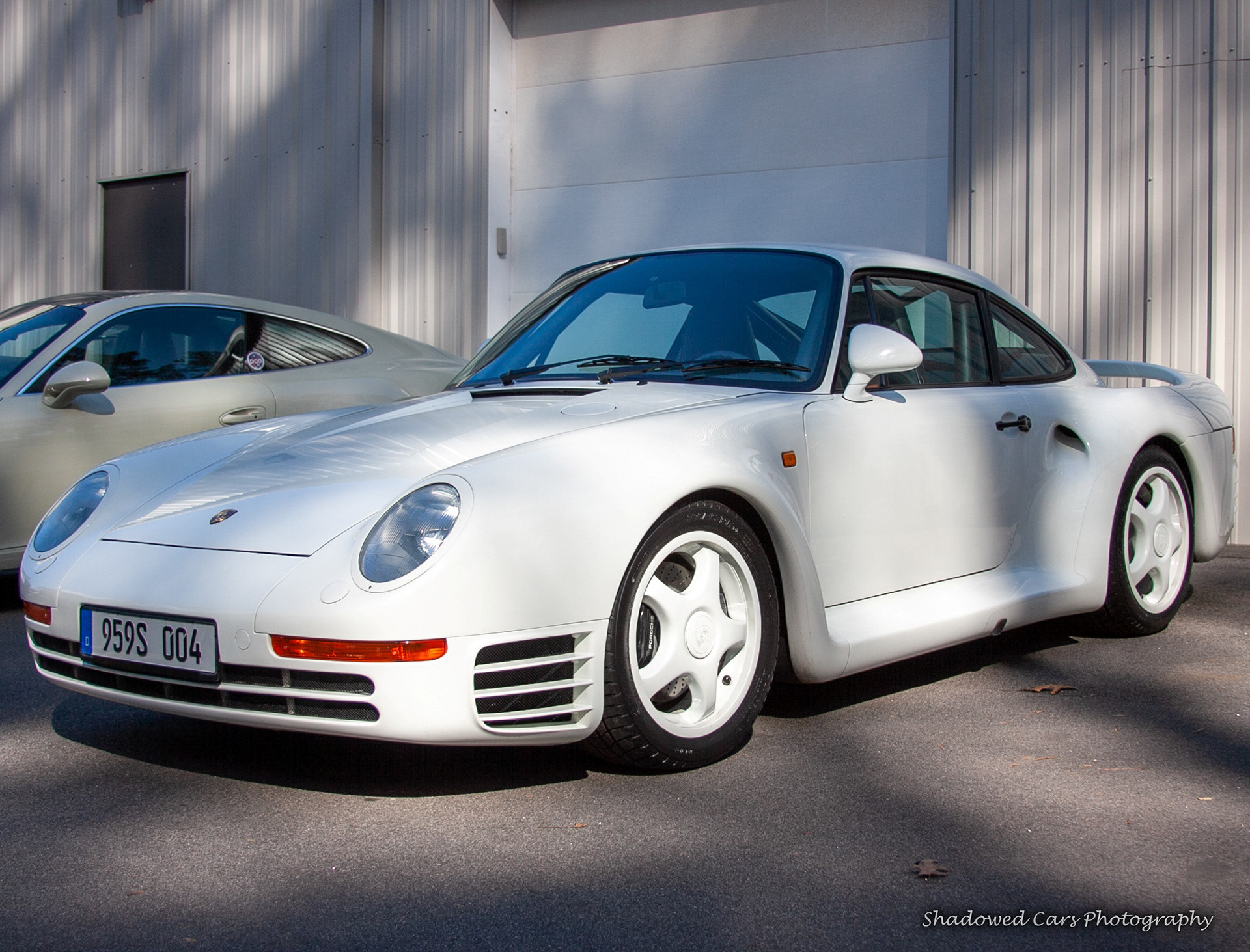
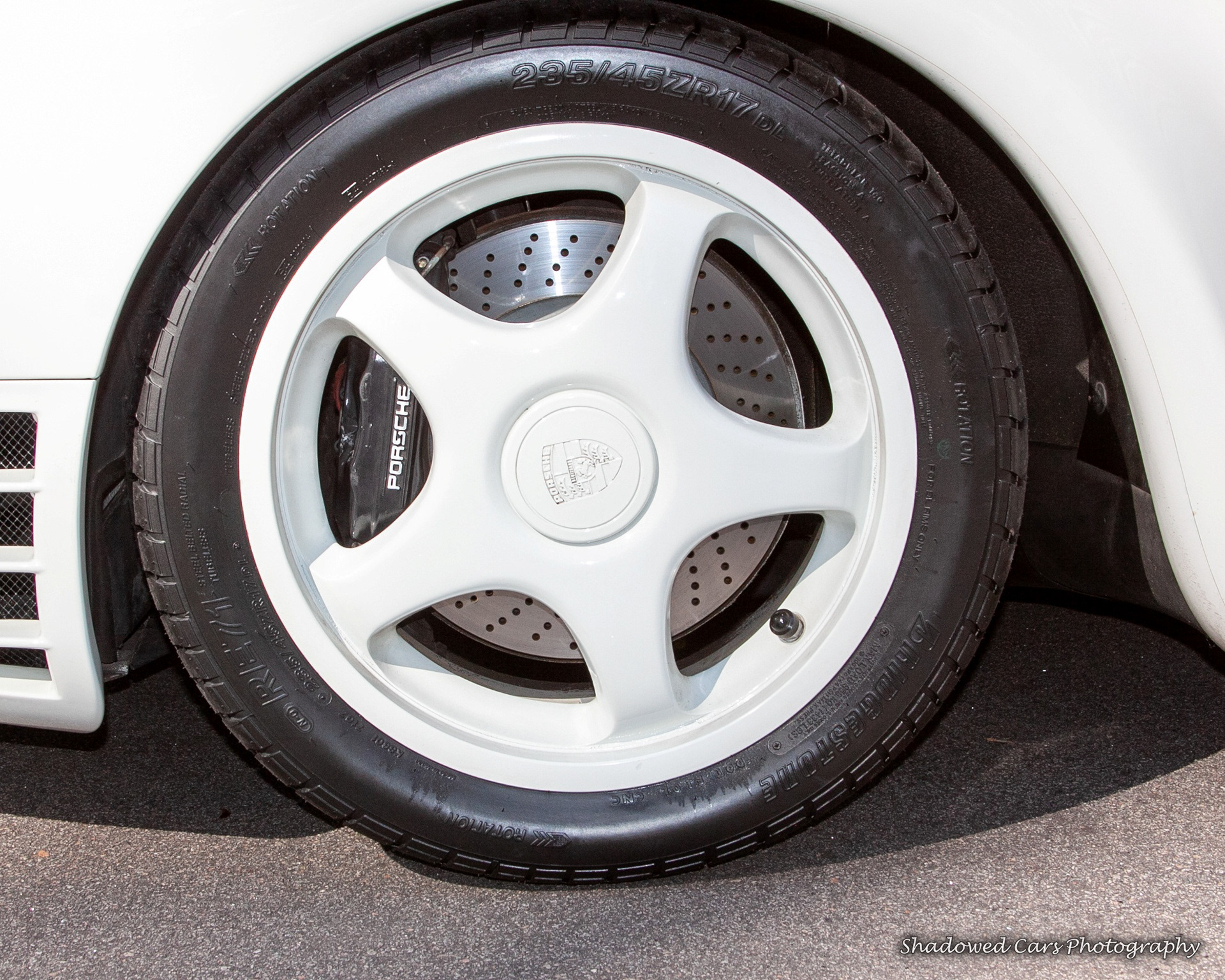
Porsche 924 GTR
The Porsche 924 GTR was a limited-production racing car produced by Porsche in the late 1970s and early 1980s. It was based on the Porsche 924 road car but was extensively modified for racing.
The 924 GTR was powered by a turbocharged 2.0-liter inline-four engine capable of producing up to 375 horsepower. It was also equipped with a five-speed manual transmission, a limited-slip differential, and a number of other performance-enhancing features.
The 924 GTR was first introduced in 1979 and was designed for competition in the Group 4 racing series. It enjoyed considerable success in competition, winning its class at the 24 Hours of Le Mans in 1980 and 1981, as well as numerous other races throughout Europe.
In addition to its success on the track, the Porsche 924 GTR was also highly sought after by collectors and enthusiasts. Only 17 units were built, making it one of the rarest and most desirable Porsche models ever produced.
Today, the Porsche 924 GTR is considered a classic and is highly sought after by collectors and enthusiasts. It is regarded as one of the most successful racing cars of its time and is credited with helping to establish Porsche's reputation as a dominant force in endurance racing.
The 924 pictured here was taken at Porsche of North Houston and had an interesting backstory. The 924 GTR had a new price tag of $75,000 in 1981 or 220,000 dollars in 2020. From the Stuttgart factory, it went to Japan, and the original owner only put 109 kilometers onto the odometer. In 2016, the car found its way to London and then Monaco, and back to the U.K. where it was sold for $640,000. When the picture was taken, the car was for sale for $925,000.
1969 Porsche 908 LH Coupe
Hans Herrmann's Porsche 908 LH Coupe is a legendary race car that competed in the 1968 24 Hours of Le Mans endurance race, one of the most famous and grueling races in the world. The Porsche 908 was designed and built by Porsche to compete in endurance races, and the LH Coupe was a special version of the car that featured a longer, sleeker body designed for high-speed racing.
Hans Herrmann, a German racing driver, was one of the Porsche 908 LH Coupe drivers at the 1968 24 Hours of Le Mans. The car was powered by a 3.0-liter flat-eight engine that produced over 350 horsepower, and it was equipped with a number of advanced features, including aerodynamic bodywork and a sophisticated suspension system.
During the race, the Porsche 908 LH Coupe faced stiff competition from other top teams, including Ford and Ferrari. Despite the competition, Herrmann and his co-drivers maintained a consistent pace throughout the race, and the car ultimately crossed the finish line in first place, securing Porsche's first-ever overall victory at Le Mans.
The victory was a significant milestone for Porsche, and it helped to establish the company as a dominant force in endurance racing. Today, Herrmann's Porsche 908 LH Coupe is considered a classic, and it is highly sought after by collectors and enthusiasts. It is regarded as one of the most iconic race cars of its era, and it is a testament to Porsche's engineering excellence and racing pedigree.
1978 Porsche 917/20 "Pink Pig"
The 1978 Porsche 917/20, also known as the "Pink Pig," is one of Porsche's most unique and memorable race cars. The car was designed and built to compete in the 24 Hours of Le Mans endurance race, and it featured a distinctive, pig-shaped body painted in a bright pink livery with various cuts of meat drawn on its sides.
The Porsche 917/20 was powered by a 4.5-liter flat-twelve engine that produced over 700 horsepower, making it one of the most powerful race cars of its time. It was also equipped with advanced suspension and aerodynamic features, allowing it to reach over 220 mph.
Despite its unusual appearance, the Porsche 917/20 was a serious contender on the track. It qualified in seventh place for the 1978 24 Hours of Le Mans, and during the race, it set a number of lap records before ultimately retiring due to engine failure.
The Porsche 917/20 "Pink Pig" has since become a legendary race car and a favorite among collectors and enthusiasts. Its unique design and bold livery make it instantly recognizable, and it is considered one of the most iconic Porsche race cars of all time.
1953-56 Porsche 550 Spyder
The Porsche 550 Spyder is a sports car that was produced by Porsche between 1953 and 1956. It was designed to be a lightweight, high-performance racing car, and it became famous for its success on the track.
The 550 Spyder was powered by a 1.5-liter, four-cylinder engine that produced around 110 horsepower. It had a top speed of around 140 mph and could accelerate from 0 to 60 mph in just over 9 seconds.
One of the most famous drivers of the Porsche 550 Spyder was James Dean, who owned a customized version of the car. Unfortunately, Dean died in a car accident while driving his Porsche 550 Spyder, which helped to cement the car's reputation as a high-performance, dangerous sports car.
Today, the Porsche 550 Spyder is a highly sought-after collector's item, and examples in good condition can fetch millions of dollars at auction.
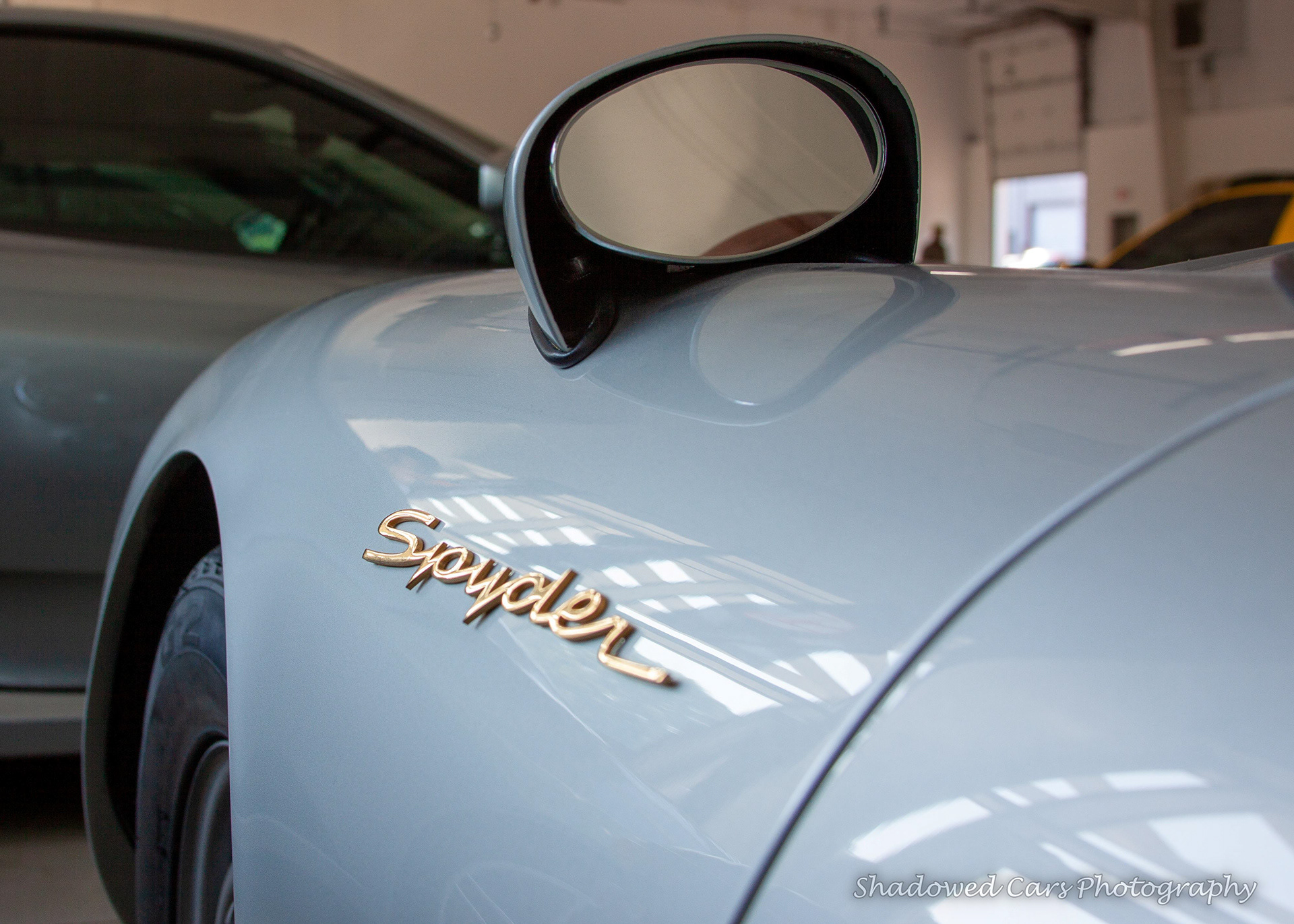
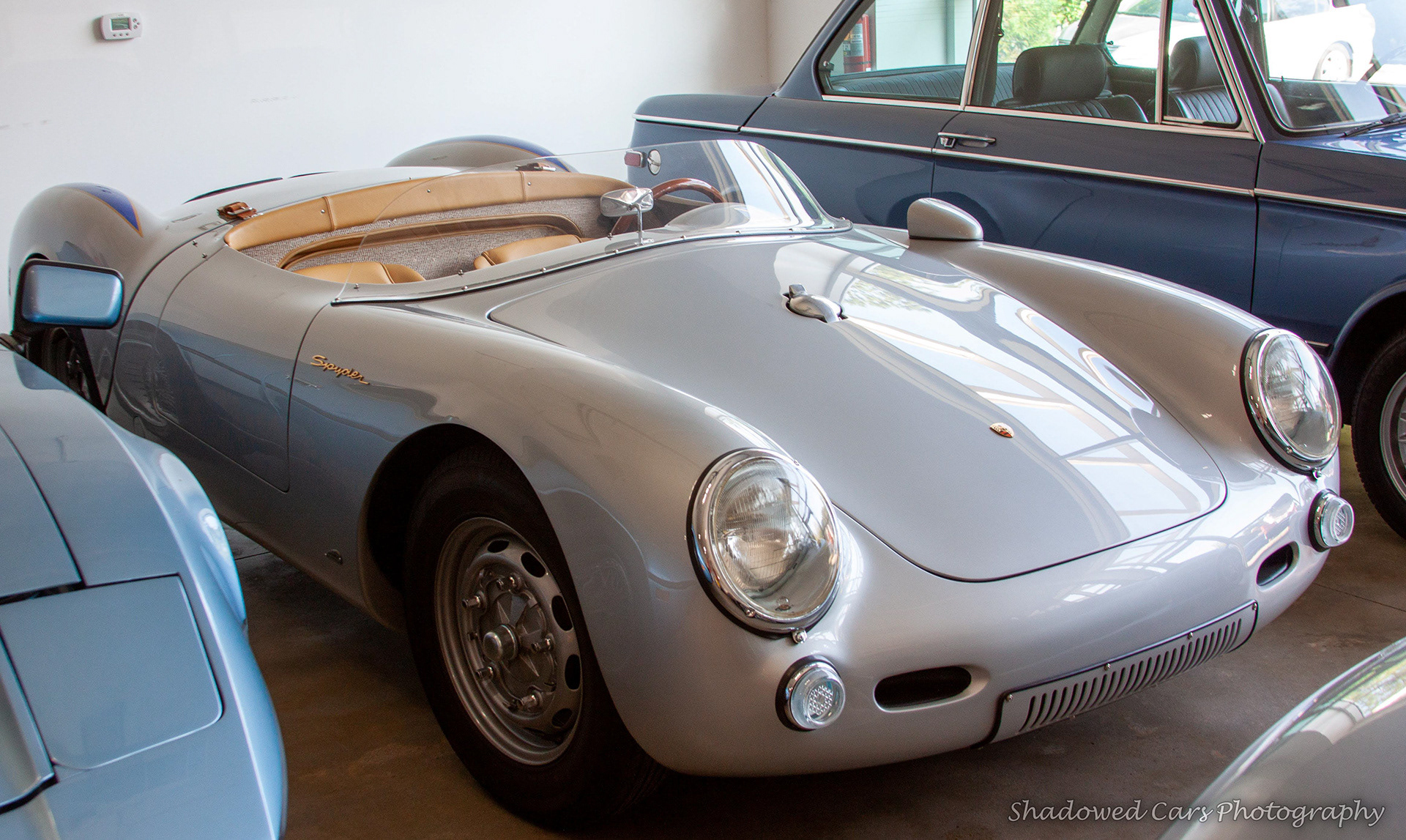
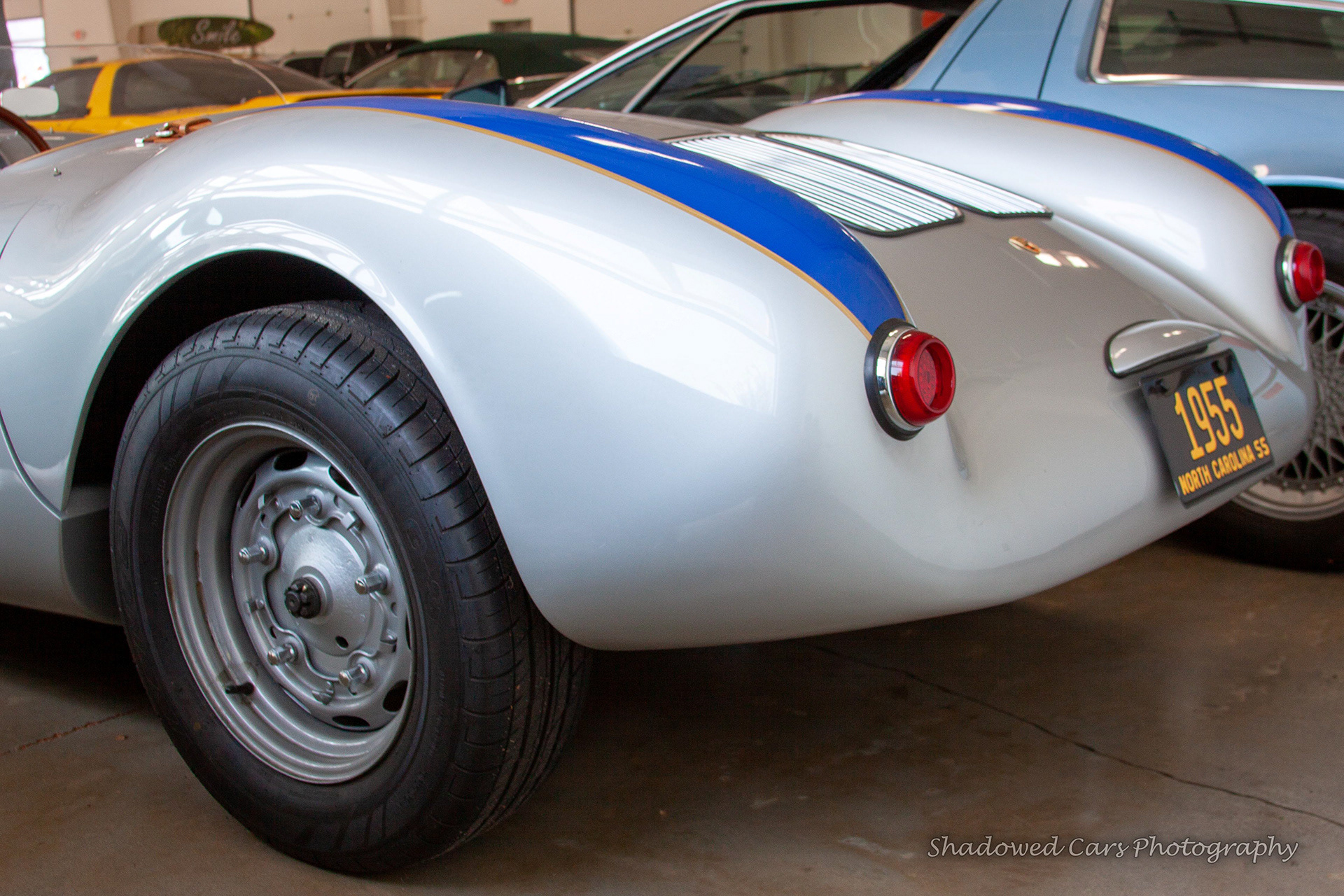
1978 Porsche 911 SC "Safari"
The 1978 Porsche 911 SC "Safari" is a special version of the classic Porsche 911 that was created for off-road racing. It was designed to compete in long-distance rallies like the famous Paris-Dakar rally, which covers some of the toughest terrains in the world.
The Porsche Museum's 911 SC "Safari" is a restored example of one of these rally cars. It is based on a standard 911 SC but has been extensively modified to make it more capable off-road. It has a raised suspension, wider fender flares, and larger wheels and tires that can tackle rough terrain with ease.
Under the hood, the 911 SC "Safari" is powered by a 3.0-liter, six-cylinder engine that produces around 250 horsepower. It has a five-speed manual transmission and rear-wheel drive, which helps it to maintain its classic Porsche driving dynamics even in challenging off-road conditions.
The Porsche Museum's 911 SC "Safari" is a rare and impressive example of Porsche's racing heritage. It demonstrates the company's commitment to pushing the boundaries of what is possible with a sports car and shows how a classic Porsche can be transformed into a capable off-road machine.
2008 RS Spyder
The 2008 RS Spyder is a race car developed by Porsche for competition in the LMP2 class of the International Motor Sports Association (IMSA) American Le Mans Series (ALMS) and the European Le Mans Series (ELMS). It is based on the successful Porsche 911 GT3 RSR and was designed to compete against other LMP2 cars such as the Acura ARX-01b, the Lola B08/80, and the Zytek Z11SN.
The RS Spyder features a lightweight, carbon-fiber monocoque chassis and a mid-mounted, 3.4-liter V8 engine producing 503 horsepower. It also has a six-speed sequential gearbox and a carbon-fiber body with advanced aerodynamics, including a large rear wing and a flat underbody, to provide high levels of downforce and stability.
The RS Spyder achieved great success in its racing career, winning numerous races and championships in both the ALMS and ELMS, as well as in the 24 Hours of Le Mans. It was retired from competition after the 2010 season, but its legacy lives on as one of the most successful and innovative LMP2 race cars of all time.
'04 to '07 Porsche Carerra GT
The Porsche Carrera GT is a mid-engine sports car that was produced by Porsche from 2004 to 2007. It was originally designed as a race car but was eventually released as a street-legal vehicle. The Carrera GT was produced in limited numbers, with only 1,270 units built during its production run.
The Carrera GT features a 5.7-liter V10 engine that produces 605 horsepower and 435 lb-ft of torque, making it one of the most powerful production cars of its time. It also has a lightweight carbon-fiber monocoque chassis and an advanced suspension system with pushrod-actuated shock absorbers. The car is rear-wheel drive and has a six-speed manual transmission.
The exterior design of the Carrera GT is distinctive, with its low-slung profile, sleek lines, and dramatic rear wing. The interior is also noteworthy, featuring a minimalist design with high-quality materials and advanced technology, including a digital instrument panel.
The Carrera GT was known for its exceptional performance, with a 0-60 mph time of just 3.5 seconds and a top speed of 205 mph. However, it was also notorious for its demanding driving characteristics, which required skilled drivers to handle its raw power and aggressive handling.
Despite its short production run, the Porsche Carrera GT has become a legendary car among enthusiasts and collectors, with its rarity and performance making it one of the most sought-after Porsche models of all time.
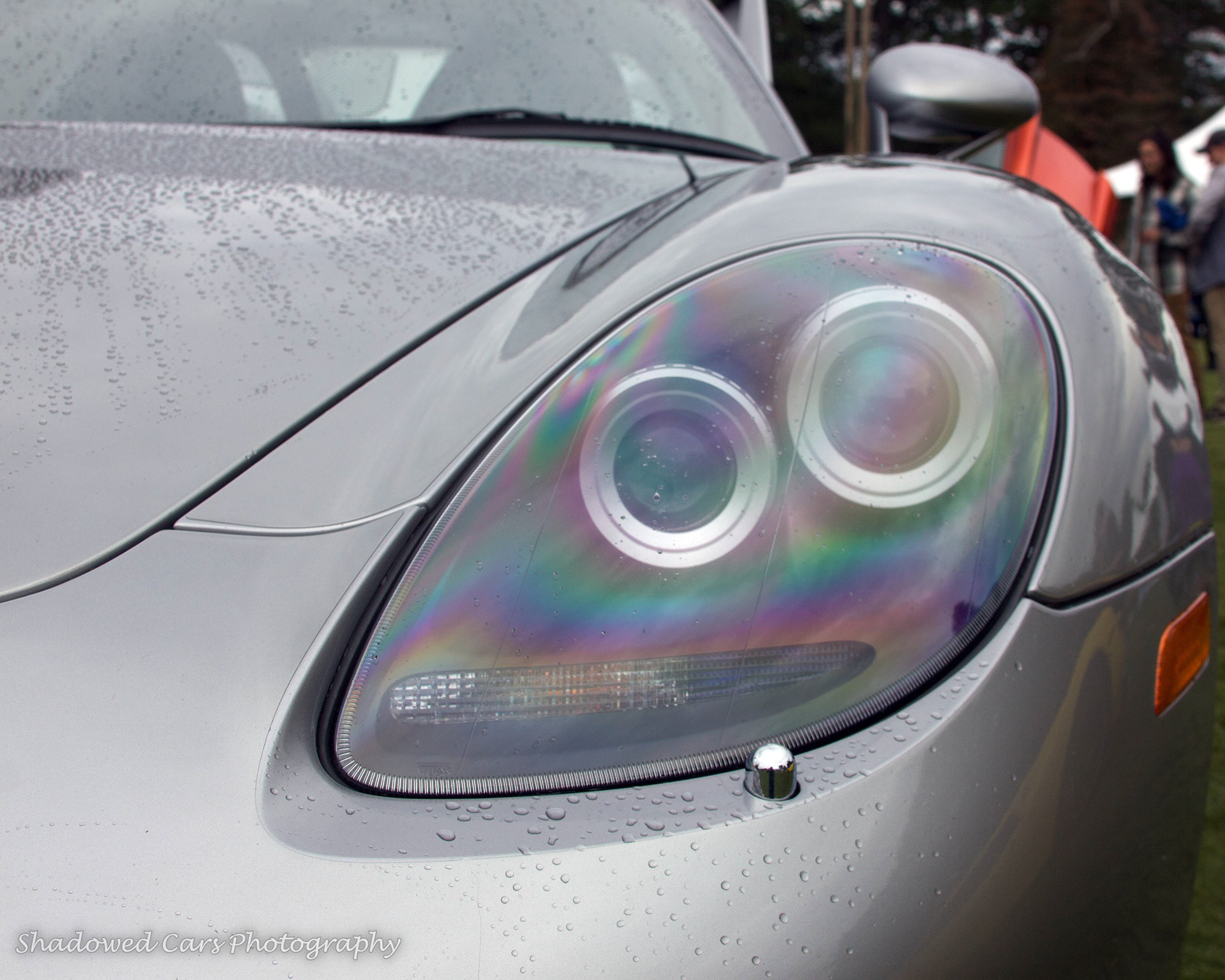
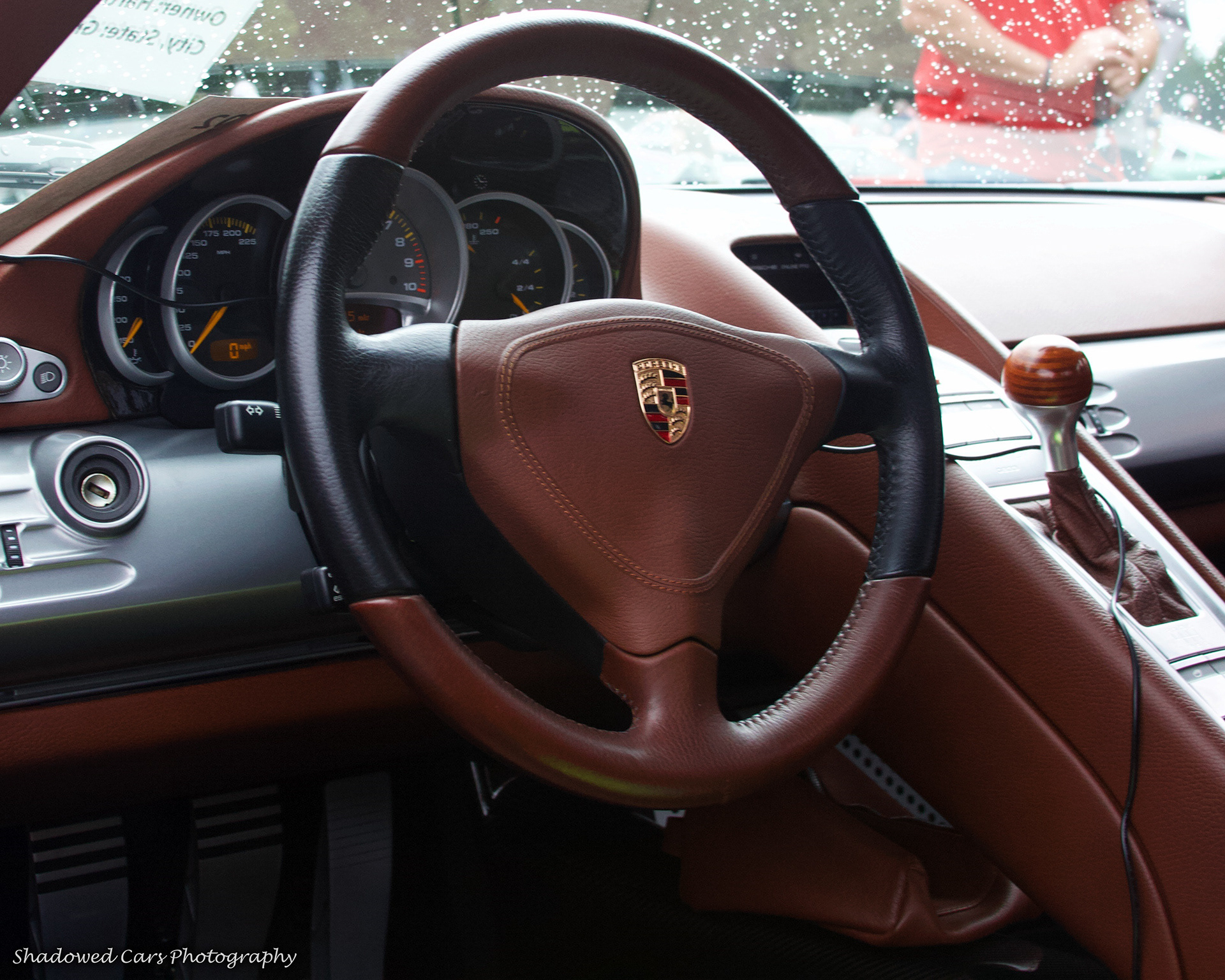
'13 to '15 Porsche 918
The Porsche 918 is a mid-engine plug-in hybrid sports car that was produced by Porsche from 2013 to 2015. It was introduced as a concept car at the 2010 Geneva Motor Show and went into production in 2013. The 918 was a limited production model, with only 918 units produced during its production run.
The 918 features a hybrid powertrain that consists of a 4.6-liter V8 engine producing 608 horsepower and two electric motors producing a combined 279 horsepower. The car also has a lithium-ion battery pack that provides additional electric power and can be charged from an external power source. The total system output is 887 horsepower and 944 lb-ft of torque. The 918 is an all-wheel drive and has a seven-speed dual-clutch automatic transmission.
The exterior design of the 918 is distinctive, with its low-slung profile, sleek lines, and active aerodynamics. The car has an adjustable rear wing and a retractable roof panel that can be removed and stowed in the front trunk.
The interior of the 918 is luxurious and high-tech, with advanced features such as a digital instrument panel, a touchscreen infotainment system, and a premium sound system. The car also has carbon-fiber bucket seats and a center console that houses controls for the hybrid powertrain and other features.
The 918 is known for its exceptional performance, with a 0-60 mph time of 2.2 seconds and a top speed of 214 mph. It also has impressive efficiency for a sports car, with an EPA-rated combined fuel economy of 67 mpg-e (miles per gallon equivalent).
The Porsche 918 was a groundbreaking car that pushed the boundaries of hybrid technology and performance. It is now a highly coveted collector's car, with its rarity and performance making it one of the most sought-after Porsche models of all time.
Porsche 911 GT1-98 (Straßen version)
The Porsche 911 GT1-98 was a race car that was developed by Porsche to compete in the GT1 class of the 1998 24 Hours of Le Mans. A street-legal version of the car, known as the Straßen version, was also produced for homologation purposes.
The 911 GT1-98 Straßen version is powered by a mid-mounted, 3.2-liter, twin-turbocharged flat-six engine that produces 537 horsepower and 443 lb-ft of torque. It also has a six-speed manual transmission and rear-wheel drive. The car has a lightweight carbon-fiber body, advanced aerodynamics, and a high-performance suspension system.
The exterior design of the 911 GT1-98 Straßen version is similar to the race car, with a low-slung profile, aggressive lines, and distinctive headlights. The interior is also race-inspired, with a minimalist design and lightweight materials such as carbon fiber and Alcantara.
The 911 GT1-98 Straßen version was produced in limited numbers, with only 25 units built for homologation purposes. The car was never intended for regular road use, but rather as a collector's item and track-day machine for enthusiasts.
